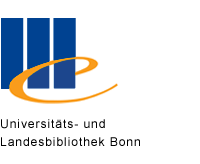This paper presents a new approach to measuring the intergenerational transmission of well-being and a novel perspective on which measures and what age ranges to use to estimate intergenerational social mobility. We select the measures and the age ranges that best predict important human capital outcomes of children. The predictive power of parental resources varies among measures of parental resources as well as the age ranges used to measure them. Lifetime measures outperform traditional snapshot proxies for lifetime incomes based on income flows at certain age windows in predicting child outcomes, regardless of the ages when child outcomes are measured. The sensitivity of IGE estimates to the ages at which parental resources are measured is far smaller than their sensitivity to whether lifetime measures are used or whether snapshot measures are used. We also find that the financial resources of parents compensate in part for non-monetary inputs to child human capital such as the stability of the family and education of parents. We interpret our estimates using the technology of skill formation modified to account for the emergence of new skills in adolescence.

